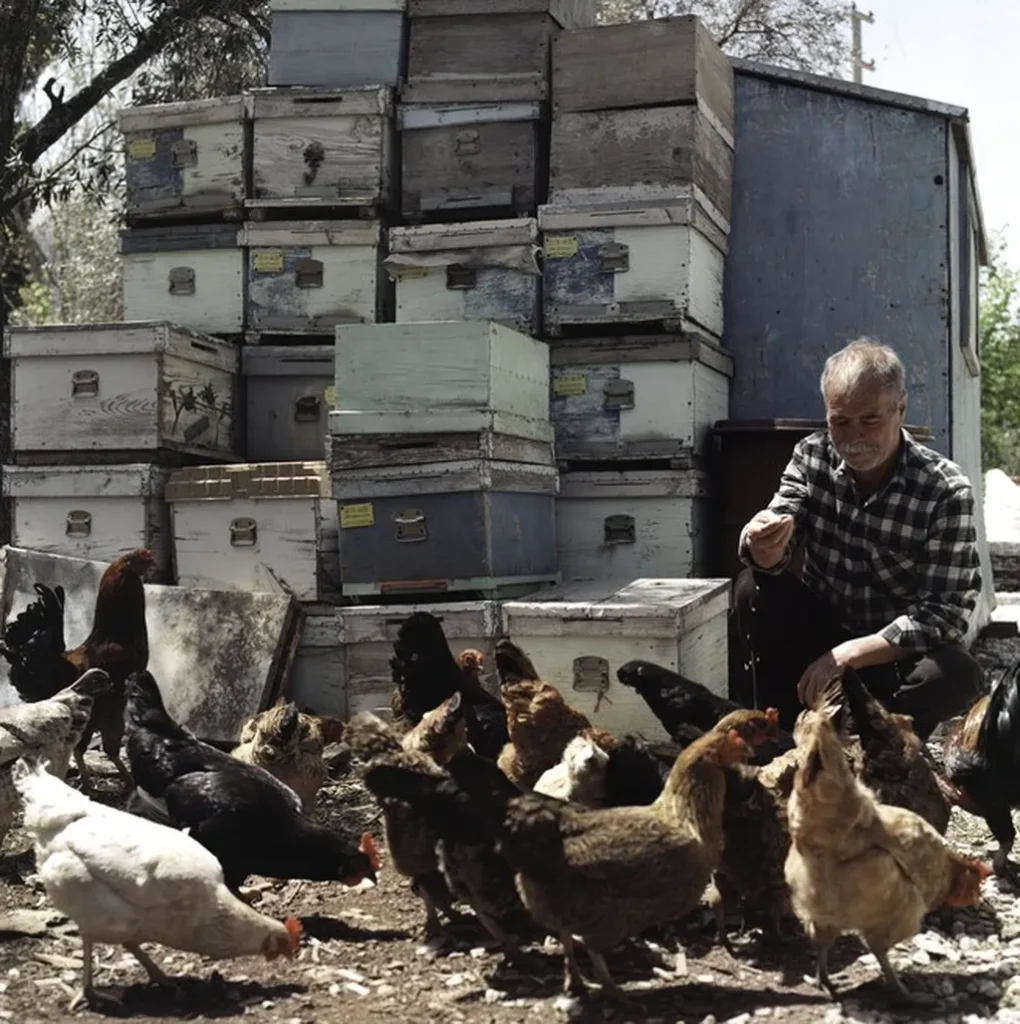In the heart of Antalya, Turkey, a groundbreaking study led by Berkant İsmail YILDIZ at Akdeniz University’s Faculty of Agriculture is revolutionizing the way we understand and conserve honey bee populations. By harnessing the power of Convolutional Neural Networks (CNNs), YILDIZ and his team have developed a cutting-edge method for classifying honey bee populations across Europe, with significant implications for biodiversity conservation, breeding programs, and environmental adaptation studies.
Traditional morphometric approaches, while informative, have long been hindered by their labor-intensive nature and inefficiency when applied to large-scale datasets. YILDIZ’s research addresses these challenges head-on, utilizing high-resolution forewing images of honey bees from Croatia, Poland, Romania, Spain, and Greece. “The key to our success lies in the combination of biologically appropriate preprocessing, data augmentation, and the comparative evaluation of three pre-trained CNN models: VGG16, InceptionV3, and ResNet50,” explains YILDIZ.
The results are nothing short of impressive. Among the evaluated models, VGG16 emerged as the top performer, achieving a remarkable 95% classification accuracy. This not only highlights the high predictive power of CNN models in distinguishing honey bee populations but also demonstrates the relative strengths of different CNN models. “The advantages of automated CNN-based workflows over manual morphometric methods are clear,” YILDIZ asserts. “They offer speed, objectivity, and scalability, making them invaluable tools for apicultural studies and population-level biodiversity monitoring.”
The commercial impacts of this research are far-reaching, particularly in the energy sector. Honey bees play a crucial role in pollinating crops that contribute to bioenergy production, such as rapeseed and sunflower. By providing robust and reproducible tools for population classification, this research enables more targeted breeding programs and better conservation strategies, ultimately enhancing the productivity and sustainability of these crops.
Moreover, the integration of CNN models into morphometric analysis opens up new avenues for future developments. As YILDIZ notes, “This technology has the potential to be applied to other insect species and even beyond the realm of entomology. The possibilities are truly exciting.”
Published in Kafkas Universitesi Veteriner Fakültesi Dergisi, which translates to “Kafkas University Veterinary Faculty Journal,” this research marks a significant step forward in the field of automated population classification. By leveraging the power of deep learning, YILDIZ and his team are paving the way for more efficient, accurate, and scalable approaches to biodiversity monitoring and conservation. As the world grapples with the challenges of climate change and habitat loss, these tools will be more important than ever in preserving the delicate balance of our ecosystems.

